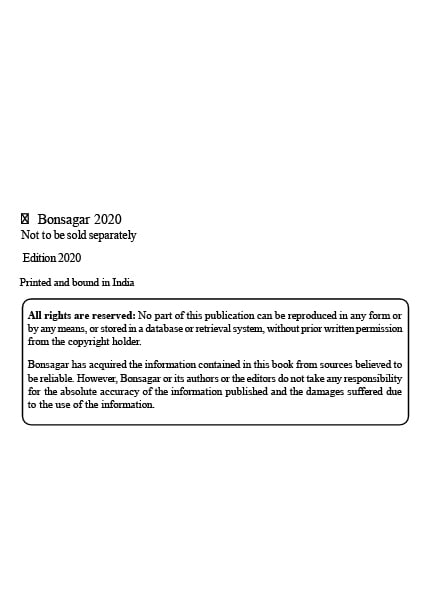The Evolving Landscape of IELTS Test Format
Introduction:
The International English Language Testing System (IELTS) is a globally recognized language proficiency test that assesses a candidate’s ability to communicate effectively in English. Over the years, IELTS has undergone several changes and updates to ensure its relevance and accuracy in evaluating language skills. This article explores the recent developments in the IELTS test format, shedding light on the modifications that test-takers may encounter.
Computer-based IELTS:
One significant change in recent years is the introduction of computer-based IELTS (CB IELTS) alongside the traditional paper-based test. This adaptation reflects the growing reliance on technology in everyday life and provides test-takers with a more flexible and convenient option. In CB IELTS, candidates complete the listening, reading, and writing sections on a computer, while the speaking test remains face-to-face with an examiner. This shift allows for quicker test results and offers a testing environment that is more aligned with contemporary communication mediums.
Changes in IELTS Listening Test:
The IELTS listening test has seen subtle changes to better align with real-life communication scenarios. While the format remains largely the same with four recorded sections, test-takers are now allowed 30 seconds to review questions before each section begins. Additionally, the transfer time to fill in answers has been increased from 10 to 2 minutes, giving candidates more time to accurately transfer their responses. These adjustments aim to enhance the overall test-taking experience and reduce unnecessary time pressure.
IELTS Reading Test Updates:
The IELTS reading test has undergone modifications to better assess a candidate’s ability to understand, interpret, and analyze written information. The number of texts in the academic reading section has been reduced from three to two, but the complexity of the passages has increased. This change aims to strike a balance between the quantity and complexity of the material, ensuring that candidates are challenged appropriately. In the general training reading section, the emphasis has shifted towards assessing a candidate’s ability to extract information from common workplace and everyday contexts.
Evolving IELTS Writing Test:
The IELTS writing test has witnessed adjustments to reflect the evolving demands of communication in academic and professional settings. In the academic writing task 1, test-takers are now required to write a minimum of 150 words, emphasizing concise and precise communication. For the general training writing task 1, the minimum word count has been increased to 150 words, aligning it with the academic module. These changes highlight the importance of efficient communication within a specified word limit.
In the writing task 2, both academic and general training modules, candidates are now allowed to take notes on the question paper during the 2-minute preparation time before the speaking test. This modification aims to help test-takers organize their thoughts and structure their responses more effectively. Additionally, the word count for task 2 in both modules has been increased to 250 words, providing candidates with more space to express their ideas coherently.
Speaking Test Adjustments:
While the speaking test format remains largely consistent, there have been nuanced changes to enhance the evaluation of a candidate’s oral communication skills. The introduction of a broader range of topics aims to assess a candidate’s ability to express opinions and engage in discussions on various subjects. Test-takers may encounter questions related to personal experiences, societal issues, or global affairs, requiring them to articulate their thoughts effectively.
Furthermore, the speaking test now includes a brief introduction of the candidate at the beginning of part 1, allowing the examiner to understand the candidate’s background and create a more personalized interaction. These adjustments contribute to a more holistic evaluation of a candidate’s speaking proficiency and their ability to communicate in diverse contexts.
Conclusion:
The recent changes and updates in the IELTS test format reflect the dynamic nature of language proficiency assessment. The introduction of computer-based testing, subtle modifications in each section, and the emphasis on real-life communication scenarios demonstrate IELTS’s commitment to staying relevant in a rapidly evolving linguistic landscape.
As test-takers prepare for the IELTS examination, it is crucial to familiarize themselves with these changes to optimize their performance. The evolving test format not only aligns with contemporary communication trends but also ensures that candidates are evaluated on their ability to navigate the complexities of language in diverse contexts.





 Book your Admission for CLAT 2018 Crash Course
Book your Admission for CLAT 2018 Crash Course